We went to Obihiro primarily to eat – the food seems so much better than the area where we live – and also to see a friend; unexpectedly I came back with a large present – a Pentax 6×7, not working and way above what my muscles and back can take these days. The gift of the Pentax is symptomatic of the culture in Japan: everything new, smart, ultra-modern design, new technology is good and instantly popular; everything old, outdated technology is bad and worthless. A consequence of this is the virtual demise of film use in Japan and it is nearly impossible to find good quality colour film processing – the local store often produces faulty negatives (typically scratched but odd colours this time) or professional processing is several hours away and takes three weeks to process film at exorbitant cost.
We started on the Sunday night with a French restaurant, 6 courses and a dry white wine, then on Monday an Italian restaurant with 10 courses and a powerful southern Italian red wine. Anyway, back to Japan …
Obihiro is divided into two drinking and eating areas both close to the train station: one smarter, brighter, with a range of Japanese izakaya and posher Japanese restaurants, together with several European restaurants. Izakaya are generally “cheap eats”, quite good but often predictable food. The more sophiticated izakaya are called ‘robata’ and the ingredients are better quality with more care in the preparation; the best Japanese cuisine ‘kaiseki’ is often found in traditional hotels (‘ryokan’) and can be eye-wateringly expensive. The other drinking area is just north of the now largely abandoned shopping arcade, is older with many crumbling and empty or dilapidated shops, izakaya and drinking places, but photographically more interesting to me.
Images were taken on a Leica MP with Zeiss Planar 50mm lens, and Portra 400, FP4 and RPX film. Black and white images are of the older area. The featured image shows an old sign for “Cow Brand” soap, made using oil from boiled up bits of cow – the soap is still made and widely sold. We don’t buy it.
An old drinking arcade, still in active use and adorned with old advertising signs (FP4). The alleyway name reads unusually but traditionally from right to left (which confused me!) – the two kanji are simply ‘alleyway’, the rest of the name ‘inari’ has many connotations. Related particularly to the shinto god of rice cultivation (sake drinking place?) but also the god of prosperity looked up to by tradespeople and entertainers.
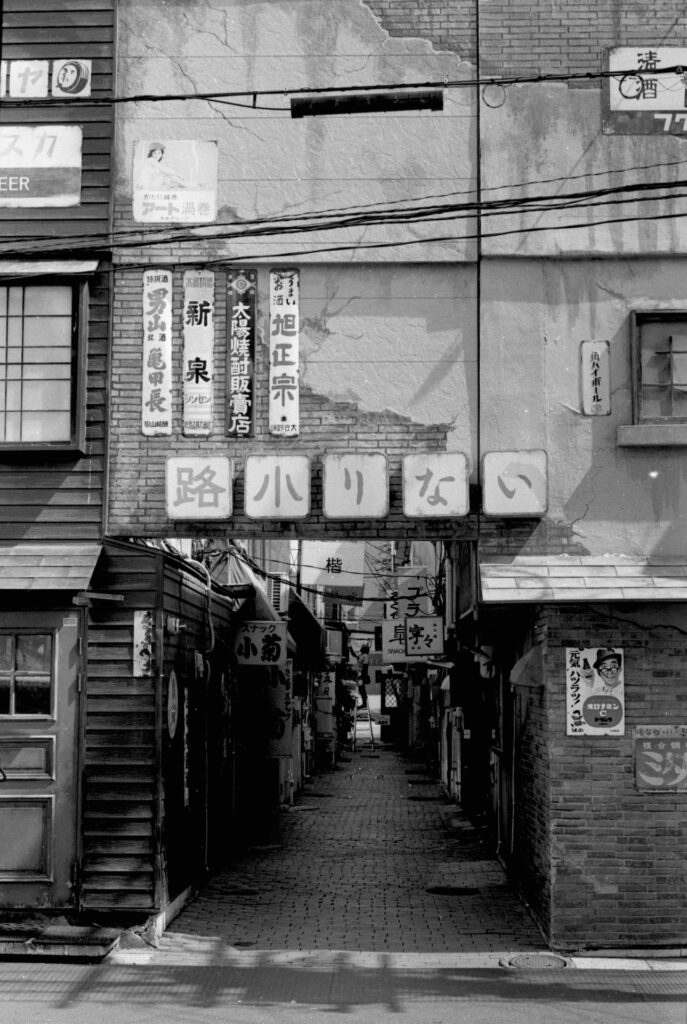
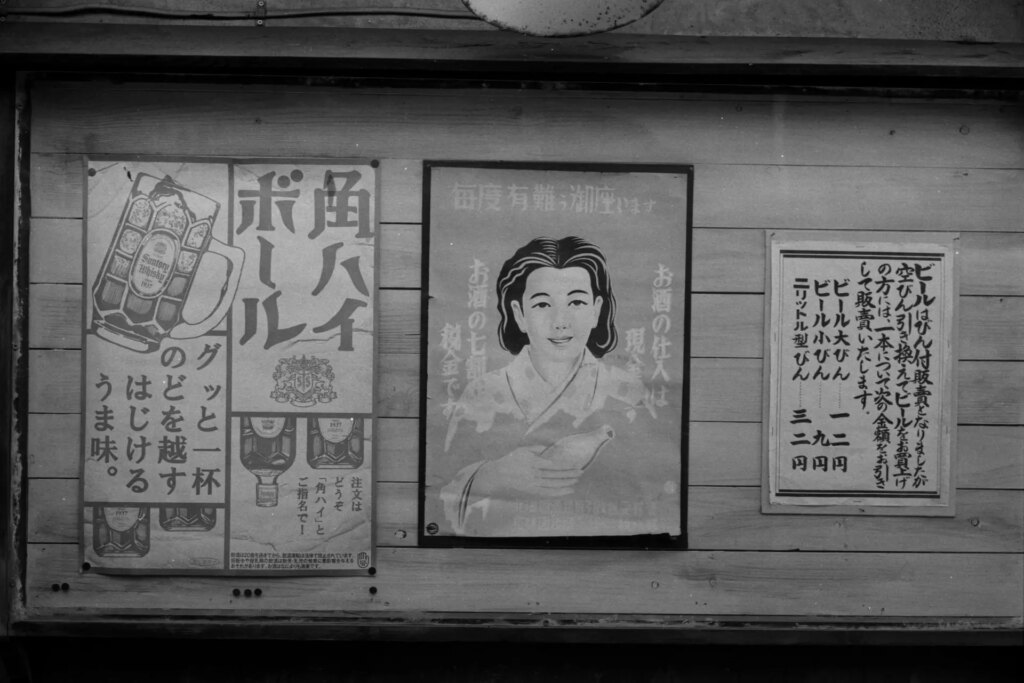
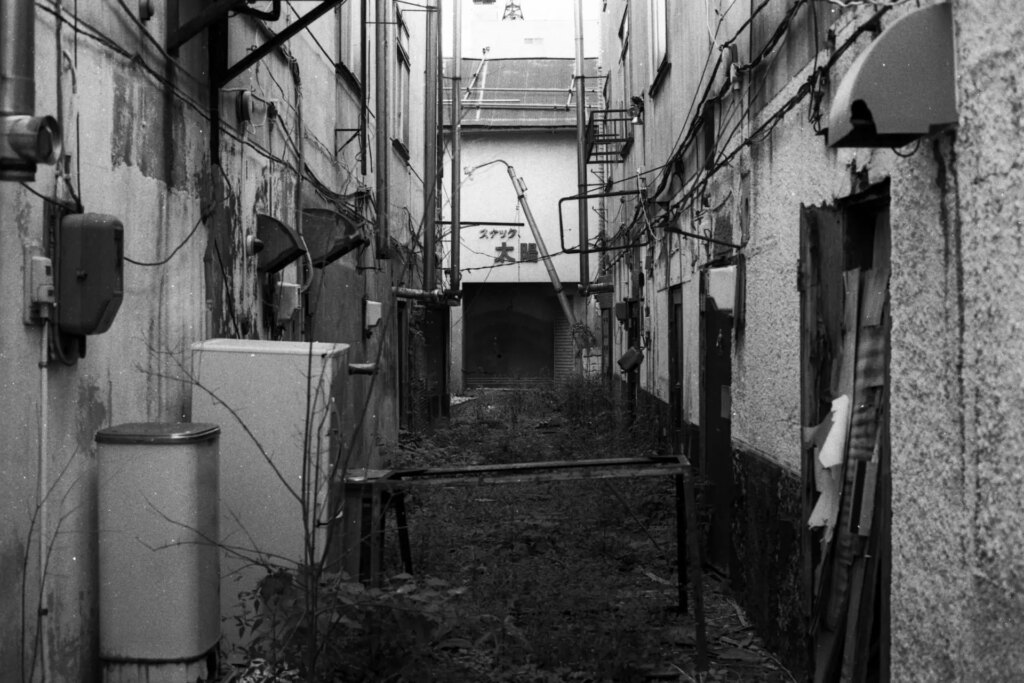
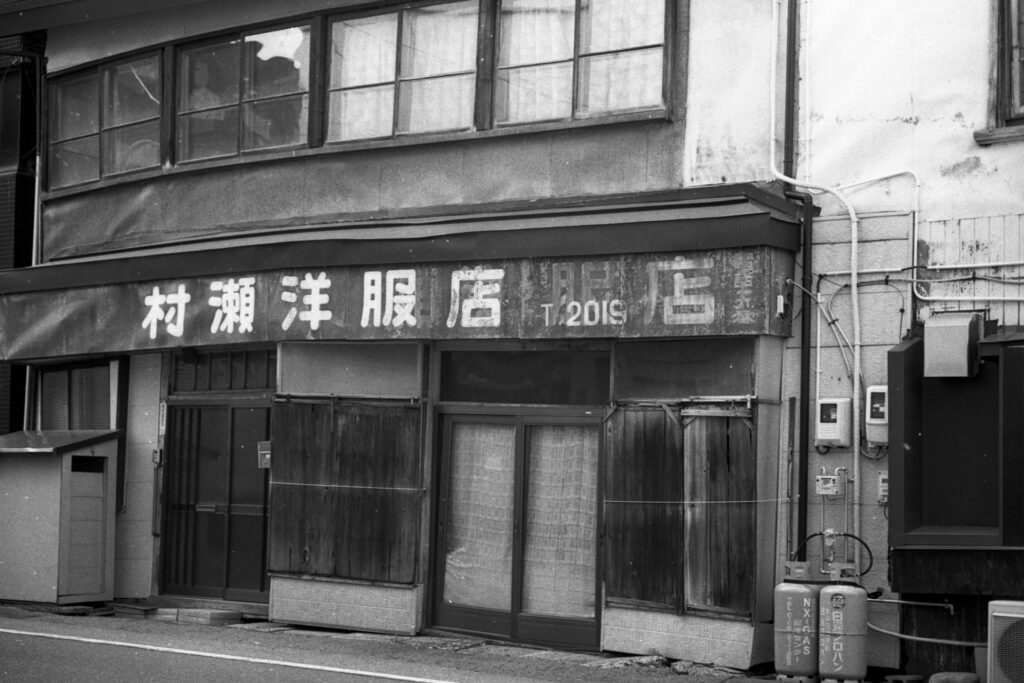
Most small buildings in Japan are timber framed and in Hokkaido the timber can easily rot if not adequately protected from the elements. Often the outer layer of older buildings is a simple lattice with a cement coating applied (similar to wattle and daub), and this can easily crumble. The outer layer may be recoated, painted, covered in steel or other impervious material to try to lessem damage, but eventually Nature wins.
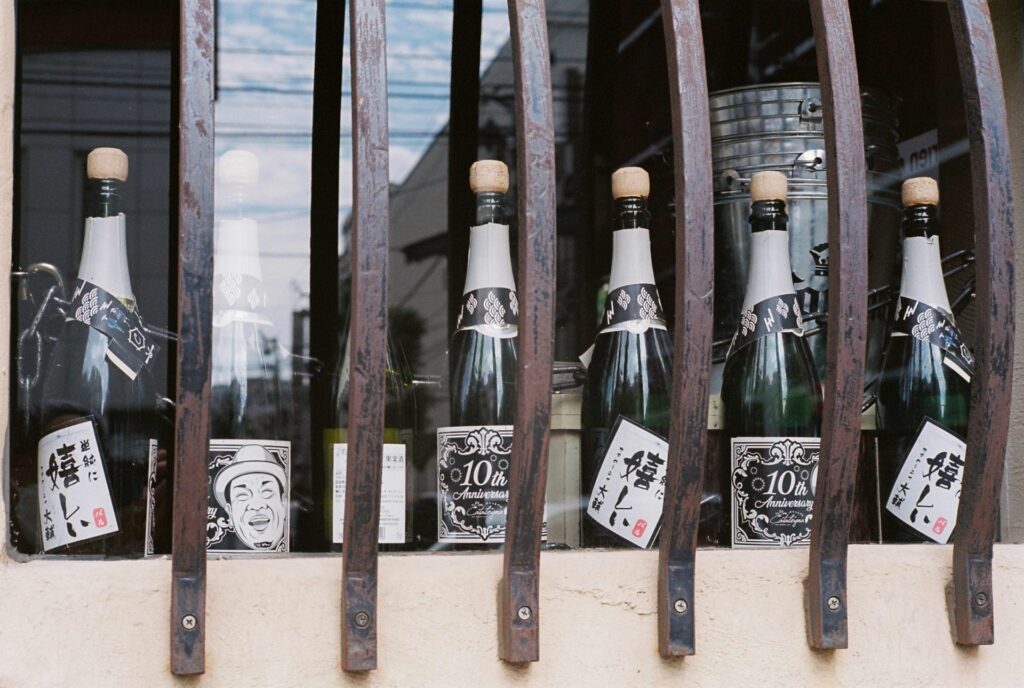
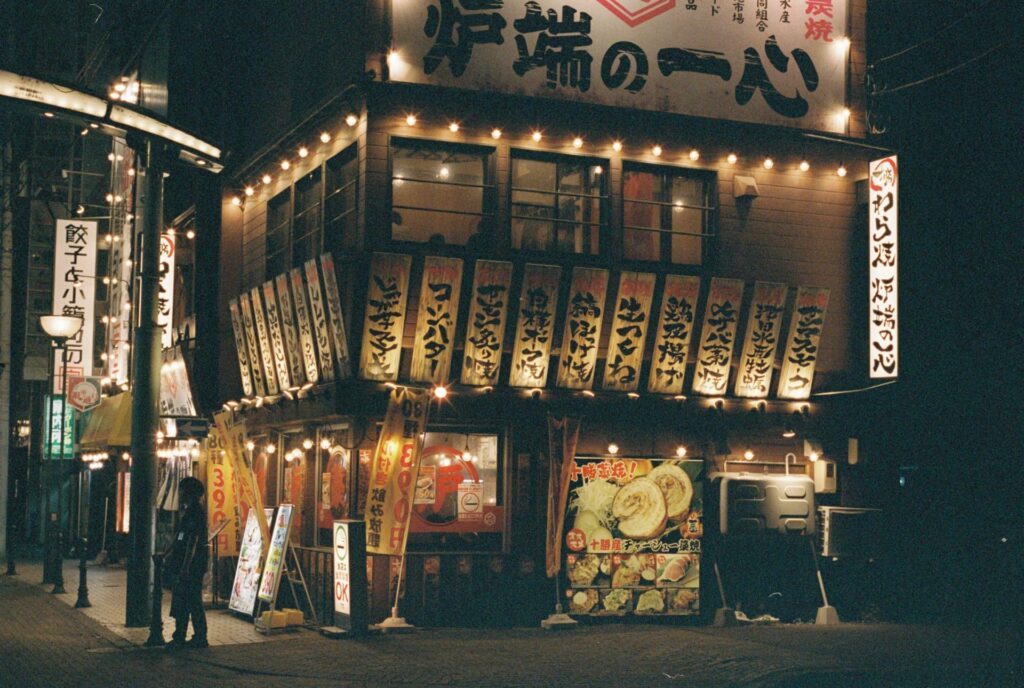
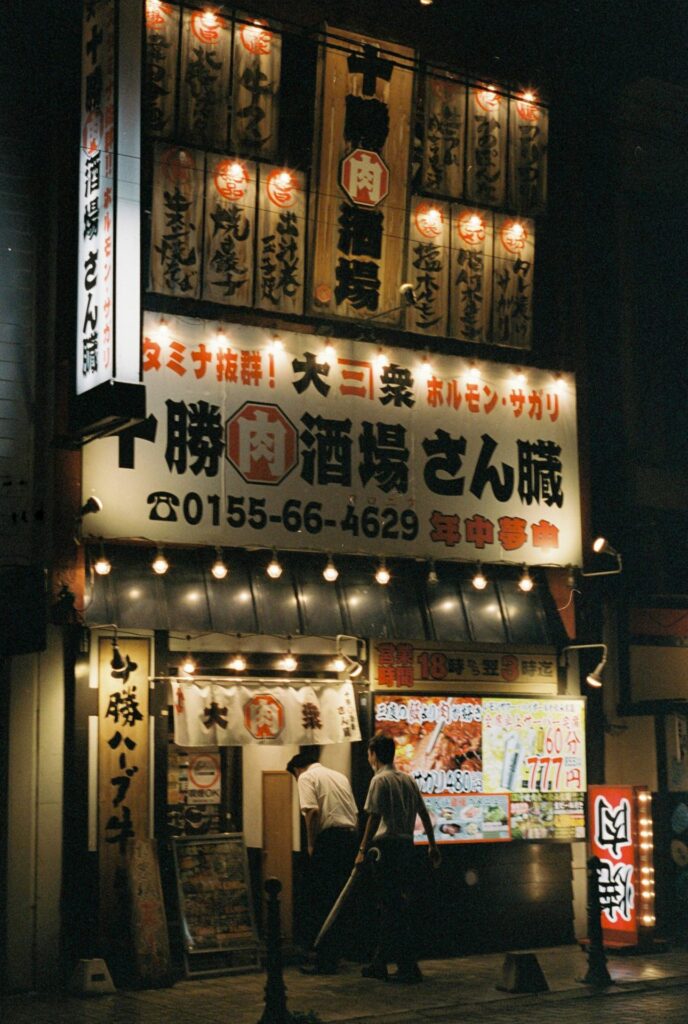
Share this post:
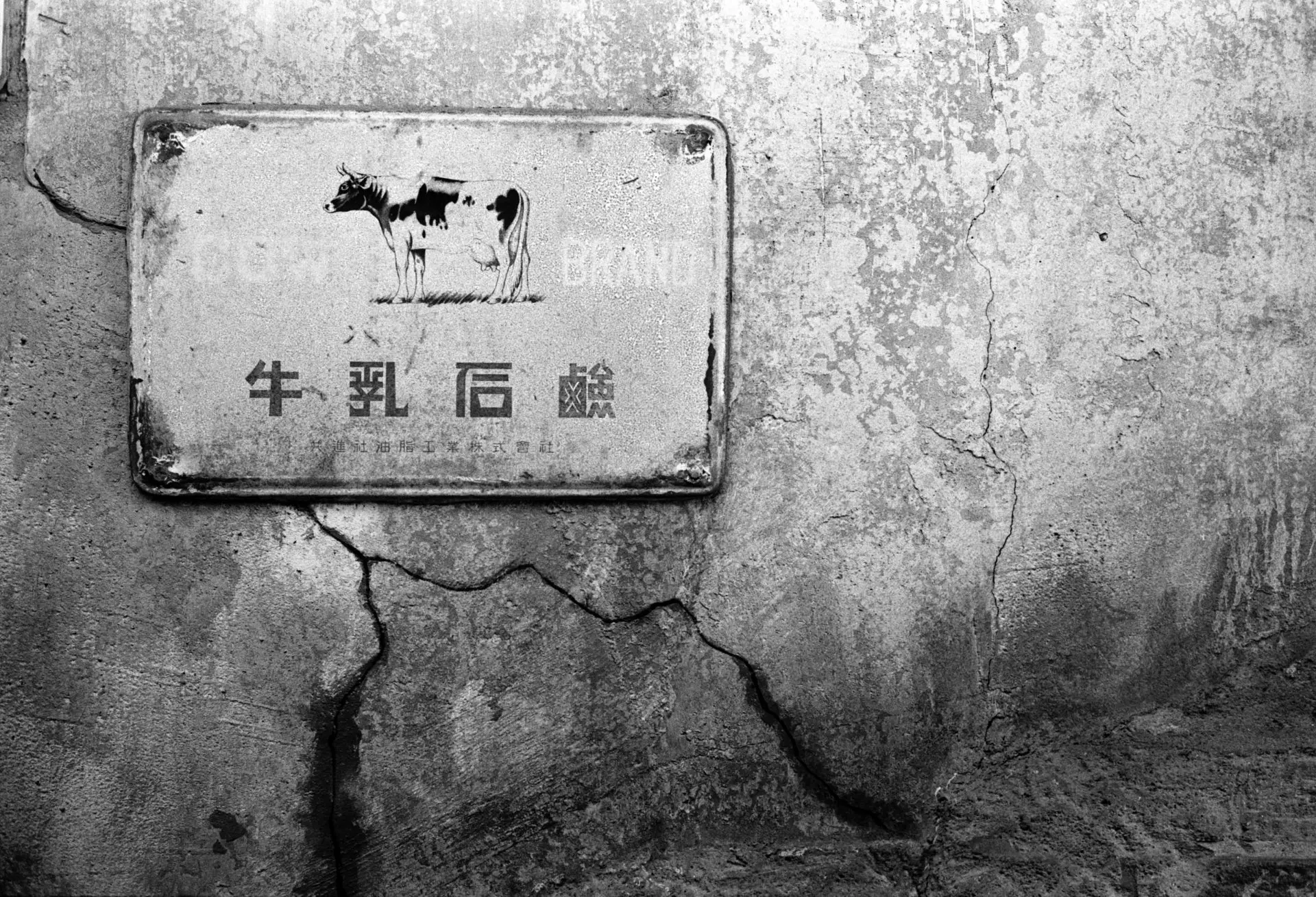
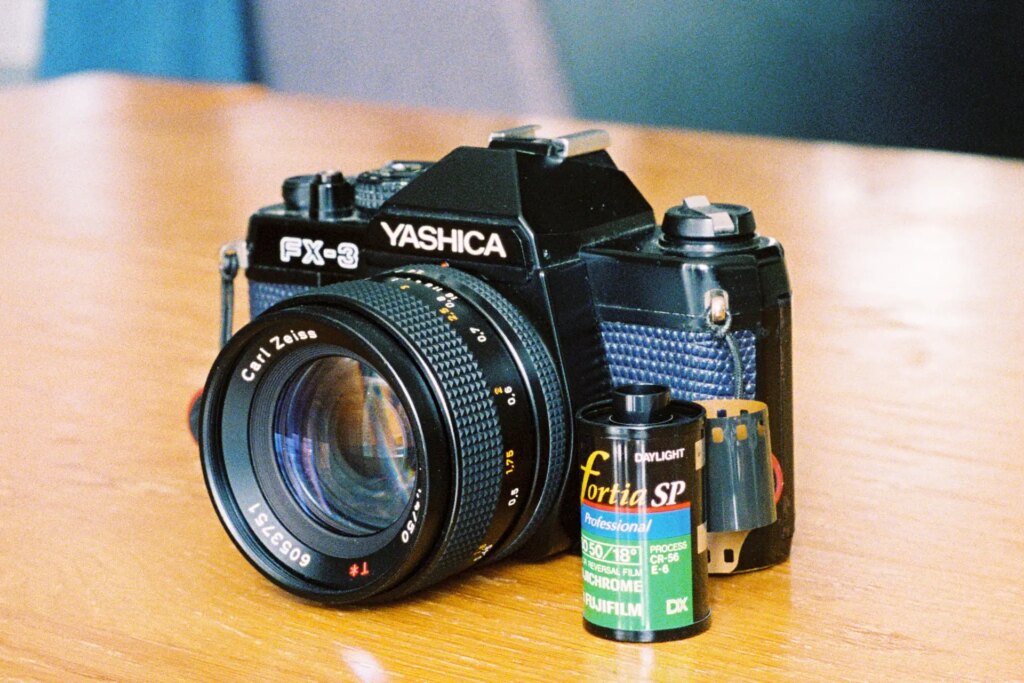
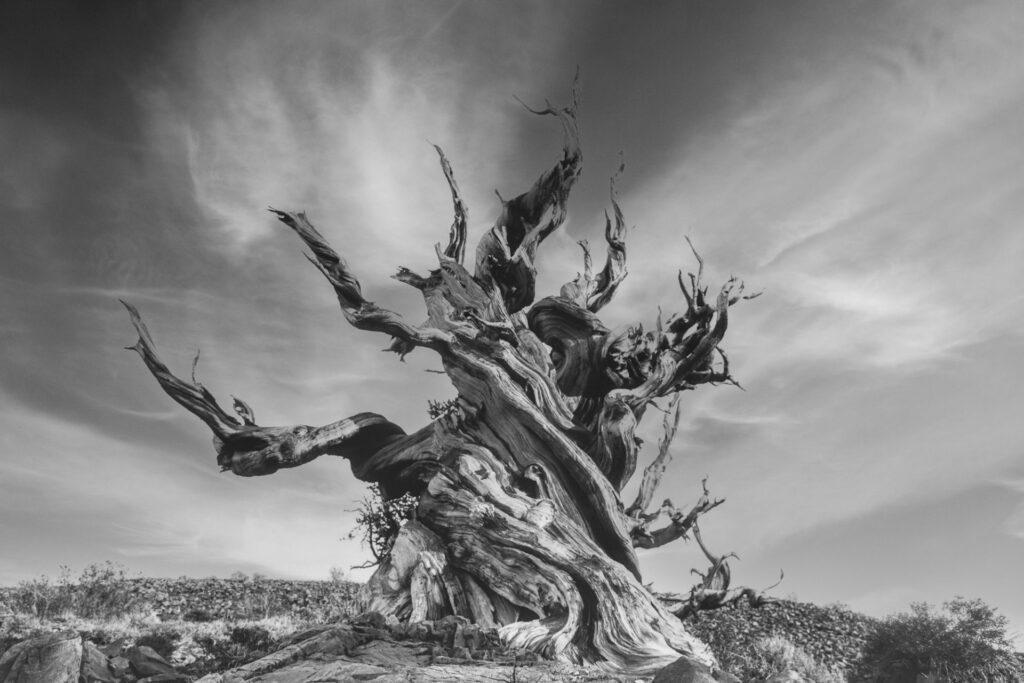
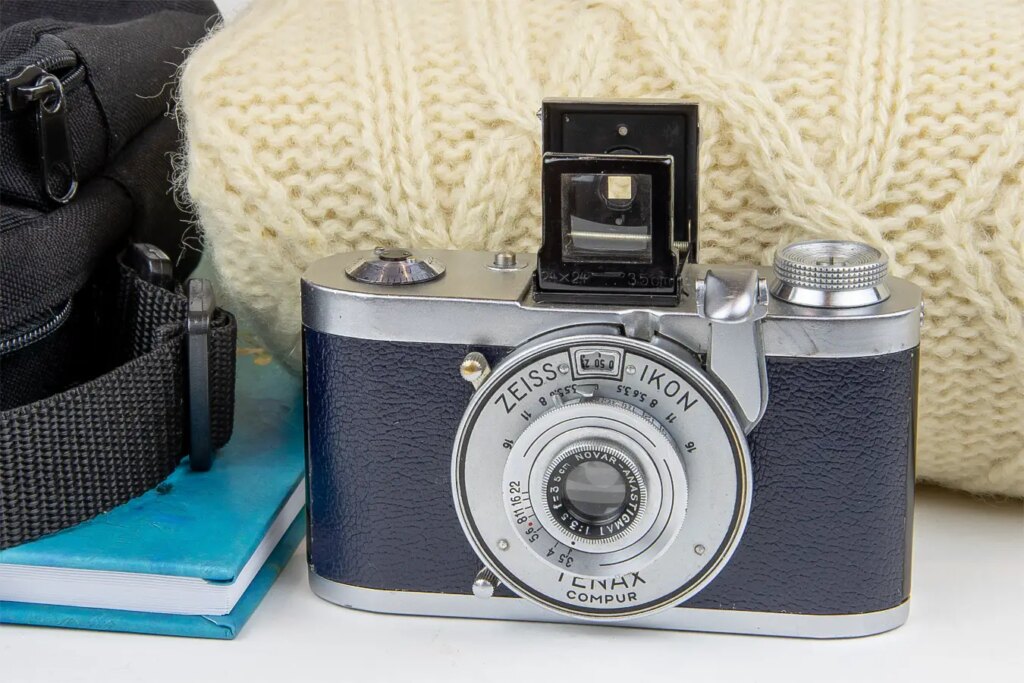
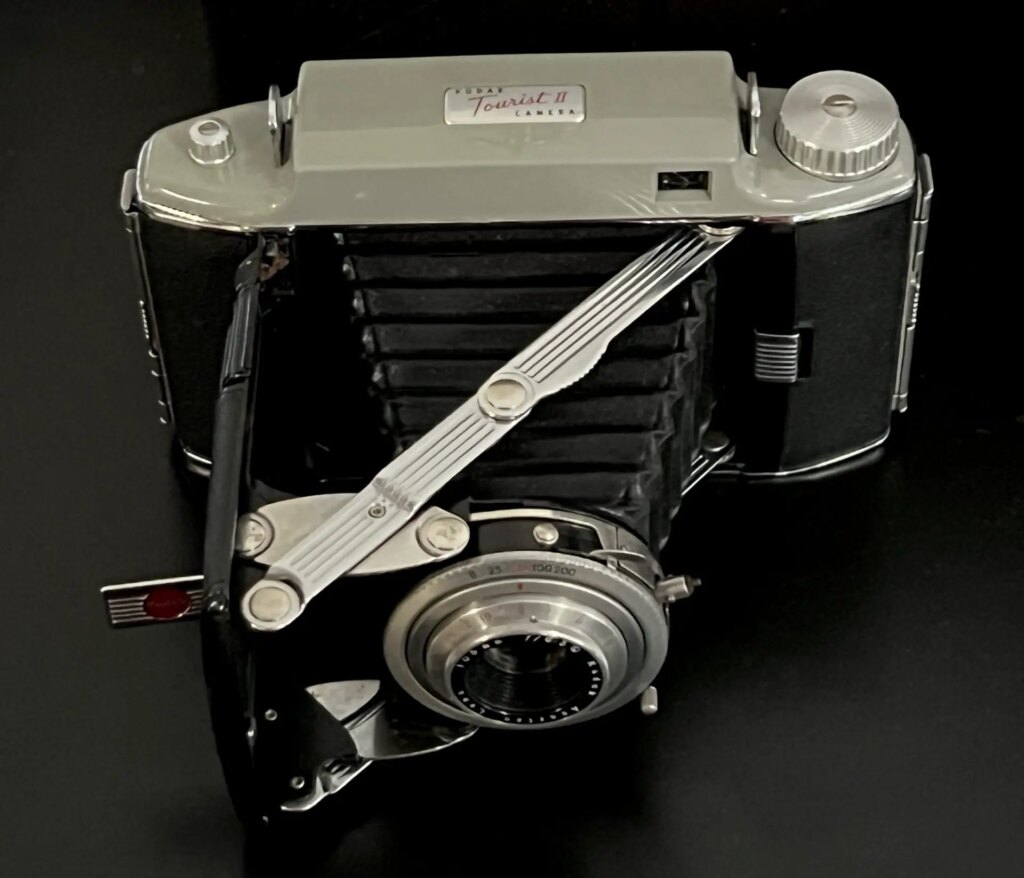




Comments
Ibraar Hussain on Drinking Districts in Japan VII: Obihiro
Comment posted: 06/02/2024
The photos have your usual signature and really like them a lot !
For some reason I thought Film was still popular in Japan - but then again seeing the much cheaper prices offered from eBay Japanese sellers I guess their market is often overseas
And from what you’ve said about labs being poor - a shame indeed.
Do Fujifilm still produce the medium format film cameras ?
Comment posted: 06/02/2024
Comment posted: 06/02/2024
Comment posted: 06/02/2024
Comment posted: 06/02/2024
Comment posted: 06/02/2024
Comment posted: 06/02/2024
Gary Smith on Drinking Districts in Japan VII: Obihiro
Comment posted: 06/02/2024
Comment posted: 06/02/2024
Geoff Chaplin on Drinking Districts in Japan VII: Obihiro
Comment posted: 07/02/2024
Comment posted: 07/02/2024
Sean on Drinking Districts in Japan VII: Obihiro
Comment posted: 07/02/2024
Comment posted: 07/02/2024